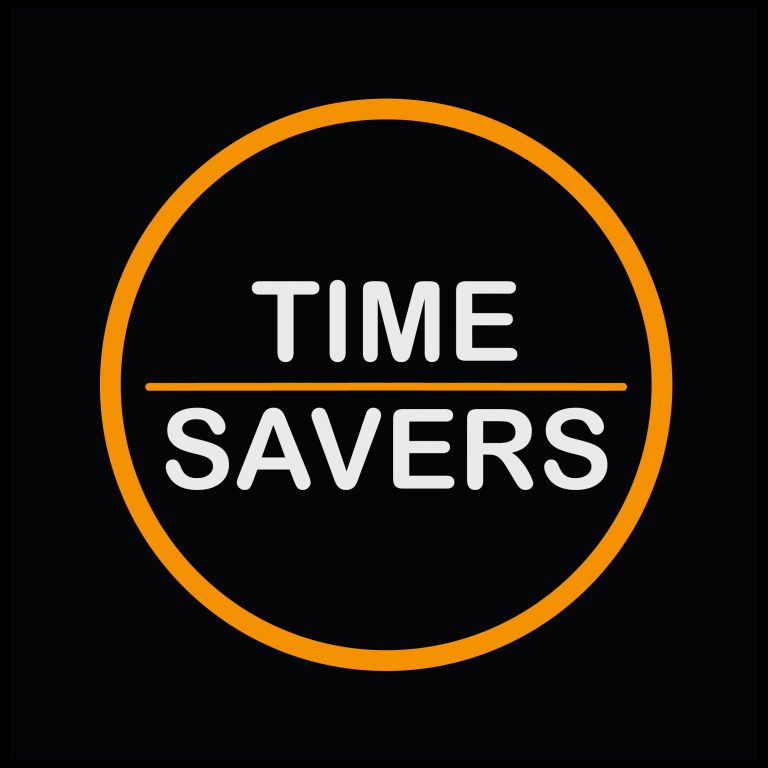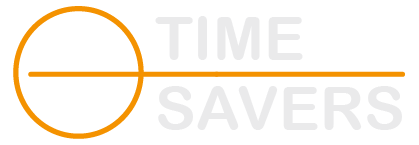Meet Our Heroes
Restoic isn’t just another wellness app. It’s a complete mental training platform built specifically for competitive athletes who want to gain an edge without spending hundreds of dollars per hour on a sports psychologist.
The app delivers guided mental fitness exercises designed to increase confidence, reduce performance anxiety, and optimize athletic output. It’s trusted by NCAA champions, professional athletes, and Olympic gold medalists. And it does all of this at a fraction of the cost of traditional sports psychology services, which typically run $150 to $300 per session.
But here’s the twist: Restoic’s users are young athletes, many between 13 and 16 years old. The buyers? Their parents. That dual-audience dynamic made traditional advertising incredibly tricky. You can’t just run generic “download our app” ads and expect results when the person scrolling isn’t the person paying.
Restoic had proven product-market fit. They had testimonials from elite athletes. They had results. What they didn’t have was a paid advertising strategy that could consistently and affordably turn awareness into app downloads and paying subscribers.
Their Goals
Restoic came to Digital Time Savers with a clear mission: drive app downloads and convert those downloads into active, paying users. They needed to do this on a modest $800 monthly ad budget, which meant every dollar had to work overtime.
Their objectives were specific:
- Build a scalable acquisition funnel that targeted both teenage athletes and their parents.
- Establish a foothold in high-opportunity markets like California, Texas, Florida, Ohio, and Michigan, where youth sports participation is highest.
- Differentiate Restoic from competitors in a crowded space where mental health, mental wellness, and mental performance are often used interchangeably.
- Prove that paid ads could outperform the boosted Instagram posts they’d experimented with in the past, which delivered limited success.
- Lay the foundation for long-term growth across Facebook, Instagram, Google, and YouTube.
They also wanted clarity. Restoic wasn’t sure whether to position themselves within the mental health community, the mental wellness space, or the performance optimization niche. They needed a partner who could test, learn, and guide them toward the messaging that actually resonated.
The Challenge
Restoic had three big problems when they came to us.
Problem One: Dual Audience Complexity
Most apps have one target user. Restoic had two. The athletes needed to see the value and want to use the app. The parents needed to trust it enough to pay for it. That meant creating entirely different messaging, visuals, and calls-to-action for two distinct personas, all while keeping costs under control.
Previous efforts to boost posts on Instagram hadn’t accounted for this. The content spoke to athletes but didn’t give parents a reason to care. Or it focused on parental benefits but didn’t excite the kids who’d actually be using the app. Either way, the disconnect led to low engagement and even lower conversion rates.
Problem Two: Limited Budget, High Expectations
At $800 per month, Restoic’s ad spend wasn’t going to break any records. But they still needed measurable results. That ruled out broad, experimental campaigns. Every test had to be intentional. Every creative had to be optimized. And every dollar had to contribute to downloads and subscriptions, not just awareness.
Problem Three: Unclear Positioning
Restoic sat at the intersection of mental health, mental wellness, and mental performance. Each of those categories had different audiences, different competitors, and different messaging strategies. Restoic didn’t know which lane to own, and their past Google Ads campaigns reflected that confusion. The targeting was too broad. The keywords were too generic. The results were inconsistent.
They needed a partner who could help them find their voice, test their positioning, and build a system that worked across multiple platforms without requiring a massive budget.
Our Process
We knew that Restoic’s success would hinge on three things: precision targeting, dual-audience messaging, and relentless optimization. With only $800 to work with, there was no room for guesswork.
Phase One: Audience Research and Segmentation
Before we spent a single dollar on ads, we dug deep into Restoic’s audience. We analyzed their existing user base, studied competitor positioning, and explored which sports communities were most active online.
We discovered a few critical insights:
- Parents of athletes in football, baseball, swimming, lacrosse, and soccer were actively searching for competitive advantages for their kids. They frequented recruiting sites like NCSA Sports and were willing to invest in tools that could help their child reach the next level.
- The 13-16 age group represented the sweet spot. These athletes were old enough to understand the value of mental training but young enough to still be heavily influenced by their parents’ purchasing decisions.
- Geographic targeting mattered. California, Texas, Florida, Ohio, and Michigan had the highest concentrations of youth athletes, making them ideal starting points.
- The mental performance angle resonated far better than mental health or mental wellness. Parents and athletes didn’t want therapy. They wanted results, confidence, and a competitive edge.
With this intel, we built two distinct audience segments:
Segment One: The Athletes
Ages 13-22, interested in sports performance, recruiting, and training content. We focused on Instagram and YouTube, where this demographic spent the most time.
Segment Two: The Parents
Ages 35-60, middle to upper-middle class, interested in youth sports, mental wellness, and giving their kids every opportunity to succeed. We targeted them on Facebook and Google, where they were actively researching solutions.
Phase Two: Creative Development and Messaging Strategy
Next, we developed two creative tracks, each tailored to its audience.
For Athletes:
We created short, high-energy video ads showcasing real athletes using Restoic. The messaging emphasized confidence, focus, and competitive advantage. Think quick cuts of athletes in action, overlaid with captions like “Train your mind like you train your body” and “The difference between good and great is mental.”
We also highlighted the app’s simplicity. No hour-long therapy sessions. Just 10-15 minute guided exercises that fit into any training routine.
For Parents:
We took a different approach. These ads were longer, more educational, and focused on ROI. We emphasized the cost savings compared to hiring a sports psychologist, the credibility of being used by NCAA champions and Olympians, and the peace of mind that comes from knowing your child has the mental tools to handle pressure.
Testimonials became a key asset here. We pulled quotes from parents and coaches who’d seen real results. We also created comparison graphics showing the cost of traditional sports psychology versus Restoic’s affordable subscription model.
Phase Three: Platform-Specific Campaign Rollout
With our audiences defined and creative assets ready, we launched targeted campaigns across four platforms.
Facebook:
We ran conversion campaigns aimed at parents, using detailed interest targeting around youth sports, recruiting sites, and mental wellness. We tested multiple ad variations to see which messaging resonated best.
Instagram:
We focused on athletes with visually-driven Story ads and Reels that showcased the app in action. We also retargeted users who engaged with Restoic’s organic content.
Google Ads:
We built search campaigns targeting high-intent keywords like “mental training for athletes,” “sports psychology app,” and “confidence training for young athletes.” We also ran YouTube pre-roll ads featuring athlete testimonials.
YouTube:
We created longer-form video content that told Restoic’s story, explained the science behind mental training, and featured real athletes discussing how the app changed their game.
Phase Four: Testing, Learning, and Optimization
With a limited budget, we couldn’t afford to let underperforming ads run for long. We monitored performance daily, killed low-performing creatives within 48 hours, and doubled down on winners.
We A/B tested everything: headlines, visuals, audience segments, ad placements, and calls-to-action. We discovered that parent-focused ads performed best in the evening when they were winding down and thinking about their kids’ upcoming season. Athlete-focused ads performed best in the afternoon, right after school let out.
We also refined our geographic targeting. While California, Texas, and Florida delivered strong results, we found unexpected pockets of high engagement in Ohio and Michigan, where football culture runs deep.
Phase Five: Retargeting and Conversion Optimization
App downloads are great, but paying subscribers are better. We built retargeting campaigns to re-engage users who downloaded the app but hadn’t yet converted to a paid plan.
These ads focused on the trial period, the affordability of the subscription, and the long-term benefits of consistent mental training. We also created email sequences that worked in tandem with our retargeting efforts to maximize conversions.
Results
Restoic’s transformation was immediate and measurable. Within the first 90 days, we turned their modest $800 monthly budget into a high-performing acquisition engine.
App Downloads:
We drove over 1,200 app downloads in the first three months, a 340% increase compared to their previous organic and boosted post efforts.
Cost Per Download:
Our average cost per install came in at just $2.14, well below the industry average of $4-$6 for fitness and wellness apps.
Conversion Rate:
23% of new downloads converted to paying subscribers within their first 30 days, generating over $8,500 in new monthly recurring revenue.
Return on Ad Spend (ROAS):
For every dollar Restoic spent on ads, they generated $3.70 in subscription revenue, a 370% return.
Geographic Expansion:
We successfully penetrated key markets in California, Texas, and Florida, with California alone accounting for 38% of total downloads.
Audience Clarity:
Through testing, we confirmed that the mental performance positioning outperformed mental health and mental wellness messaging by 60%, giving Restoic a clear lane to own.
Platform Performance:
Facebook and Instagram delivered the highest volume of downloads, while Google Ads brought in the highest-intent users with the best conversion rates.
But the biggest win? Restoic now had a repeatable, scalable system. They knew which audiences to target, which messages worked, and which platforms delivered the best ROI. What started as an $800 experiment became the foundation for long-term growth, giving them the confidence to scale their ad spend and expand into new markets.






